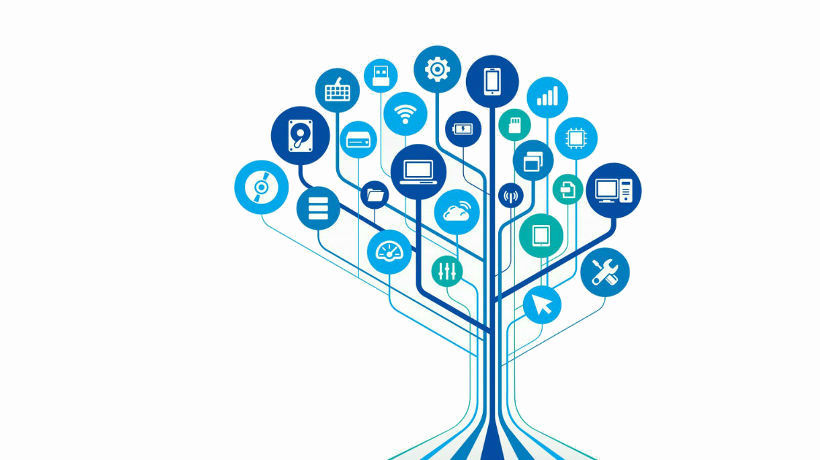Psychology Principles That You Should Consider Before you Develop Your Next eLearning Course
Taking the time to research the human mind and how it works can give you the chance to tap into the power of the subconscious and develop eLearning courses that immerse, engage, and inspire your learners. However, if you'd like to start designing eLearning courses that are centered around learning behavior right away, then you need to integrate these 5 psychological principles in your eLearning courses.
- If learners can't see the real world applications, they won't see the value of the eLearning course.
Our minds want to know the immediate benefits of what we are going to learn in order to become truly motivated. While long term benefits are important in many respects, it's the instant gratification that appeals to our human sensibilities. As such, you'll want to inform your learners of what they should expect to accomplish or achieve after completing the eLearning course. A good way to do so is to develop learning goals, performance goals, and learning objectives in your eLearning course. Be as specific and detailed as possible. Let learners know exactly which skill sets they'll be developing, what key pieces of knowledge they will be absorbing, and (most importantly) what they can do with all of this newly acquired information. You may also want to include a bullet point list of all of the tasks or real world applications of the subject matter. For example, if you're creating an eLearning course that will allow your learners to develop a particular skill, mention how this new skill can be applied in both personal and professional settings, or list the potential benefits they might receive by developing this skill set. This will inspire and motivate them to learn, so that they get the most out of the eLearning experience. - People have an inherent need to learn and experience new things.
Regardless of our age, cultural background, or profession, we have the need to explore and learn new things. A great deal of this can be attributed to curiosity and independence. We want to be able to delve into a topic to learn all that we can about it, which can be used to the advantage of eLearning professionals. You can tap into the power of curiosity and self sufficiency by creating activities, like eLearning scenarios and eLearning games, that encourage learners to think for themselves. Another key component of this particular psychological principle is experimentation. Designing activities that require learners to apply already learned knowledge to solve problems allow them to increase their comprehension of a given topic. This may come in the form of group exercises wherein learners must create blogs that discuss a particular topic, or develop an eLearning presentation that delves into an idea or theory that they must present to their peers. - Positive reinforcement is a powerful tool.
As much as we might say that learning is its own reward, the simple truth is that our brains crave positive reinforcement. Often we need additional rewards in order to boost our motivation and to inspire us to become active participants in the eLearning experience. While real world benefits may be all important, it's also essential to offer your learners some form of positive reinforcement. This positive reinforcement may be as simple as praise or feedback after they've completed a task successfully. You can also design a game in which learners level-up after they've scored high enough on a module. All of these things give them the immediate rewards that they need (which ties into the instant gratification that I discussed earlier), as well as the long term benefits they'll receive by acquiring new knowledge or skills. - Learners gravitate toward collaborative experiences.
Humans are social creatures. Even the most aloof among us has a desire to be around others on occasion. While many learners may avoid eLearning courses because they believe that there is no social interaction among learners, this is not the case. In fact, there are a variety of ways to integrate social interaction into eLearning environments. Technology allows us to create collaborative experiences that enable learners to benefit from the experience and skills of their peers, even if they are a world away from each other. You can design collaborative experiences by using social media sites in your eLearning strategy, such as Facebook and LinkedIn. Learners can form groups with other like-minded peers or interview professionals to learn more about a particular subject. - Learners need to be able to relate to the information.
One of the most useful ways to integrate this psychological principle into your eLearning course is to make it relatable. We all want to feel connected to the subject matter and immediately see how it applies in our own lives. We need to be able to empathize with the characters in the stories and see familiar images or concepts in order to get the most benefit from the eLearning experience. To integrate this principle, you'll want to ensure that you've thoroughly researched and analyzed your audience. This is the only way that you'll be able to tap into their emotions and build a connection with them. Learn all that you can about their cultural, professional, and educational background, so that you can make the content relatable and relevant for them.
Learning is, ultimately, governed by psychology principles. Our brain and our learning behaviors dictate how and why we learn. The eLearning professionals who remember this all-important fact when developing their eLearning courses are the ones who are successful.
If you'd like to find out more about how the brain acquires and retains information, the article Scientifically Proven Brain Facts That eLearning Professionals Should Know features 6 scientifically proven brain facts that you'll want to consider before creating your next eLearning deliverable.
Last but not least, what if you could give your elearners the superpower of learning faster? Sound impossible? Check the article Brain Hacks to Get Your eLearners to Learn Faster that features 5 cognitive hacks to help your learners learn faster by activating the subconscious.






